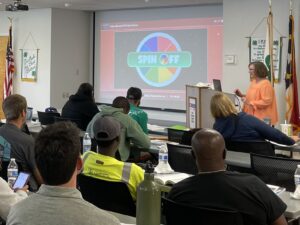
Spring 2026 (January-June) Pesticide Safety Schools
The spring 2026 Pesticide Safety Schools are for those seeking initial licensing in one or more pesticide subcategories. To register for …



El inglés es el idioma de control de esta página. En la medida en que haya algún conflicto entre la traducción al inglés y la traducción, el inglés prevalece.
Al hacer clic en el enlace de traducción se activa un servicio de traducción gratuito para convertir la página al español. Al igual que con cualquier traducción por Internet, la conversión no es sensible al contexto y puede que no traduzca el texto en su significado original. NC State Extension no garantiza la exactitud del texto traducido. Por favor, tenga en cuenta que algunas aplicaciones y/o servicios pueden no funcionar como se espera cuando se traducen.
Inglês é o idioma de controle desta página. Na medida que haja algum conflito entre o texto original em Inglês e a tradução, o Inglês prevalece.
Ao clicar no link de tradução, um serviço gratuito de tradução será ativado para converter a página para o Português. Como em qualquer tradução pela internet, a conversão não é sensivel ao contexto e pode não ocorrer a tradução para o significado orginal. O serviço de Extensão da Carolina do Norte (NC State Extension) não garante a exatidão do texto traduzido. Por favor, observe que algumas funções ou serviços podem não funcionar como esperado após a tradução.
English is the controlling language of this page. To the extent there is any conflict between the English text and the translation, English controls.
Clicking on the translation link activates a free translation service to convert the page to Spanish. As with any Internet translation, the conversion is not context-sensitive and may not translate the text to its original meaning. NC State Extension does not guarantee the accuracy of the translated text. Please note that some applications and/or services may not function as expected when translated.
Collapse ▲
The spring 2026 Pesticide Safety Schools are for those seeking initial licensing in one or more pesticide subcategories. To register for …

There are two upcoming Fire Ant Control in Pastures workshops. Choose which workshop best fits your schedule. August 26, 6 …
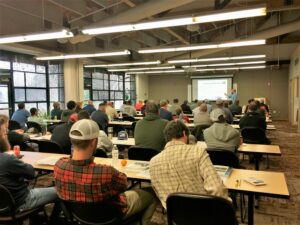
The fall 2025 Pesticide Safety Schools are available to those seeking initial licensing in one or more pesticide subcategories. To …
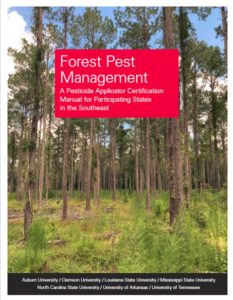
The Pesticide Safety Education Program at NC State University is offering an online exam preparation course for those seeking …
New Pesticide Applicator Certification and Training rules were enacted at the end of 2024. One that will catch many …

The U.S. Environmental Protection Agency shared the following news release Friday, October 11, 2024, introducing a toolbox of strategies …
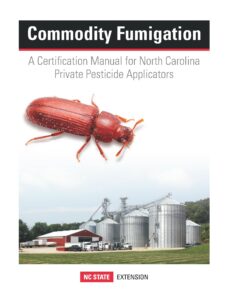
The North Carolina Department of Agriculture and Consumer Services (NCDA&CS) has created a new category for Private Applicator Commodity Fumigation …
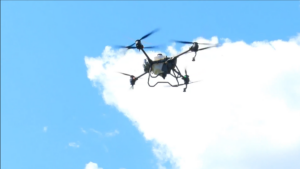
Interest in the use of unmanned aerial vehicles (UAVs), or drones as they are more commonly known, for pesticide …

To get a pesticide license there are a few steps to take, but it’s all pretty straightforward. Below is …
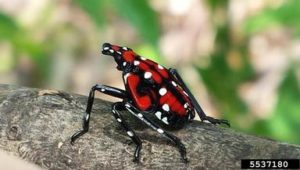
The spotted lanternfly (Lycorma delicatula) is an invasive insect from China. The insect was first discovered in Pennsylvania in …

Click on the flowchart below to help you determine if you need a pesticide license or certificate. Also, there are …
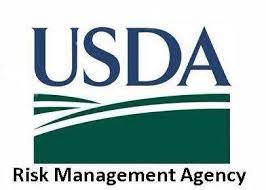
Join the USDA Risk Management Agency (RMA) for virtual workshops covering the ins and outs of the Whole Farm …
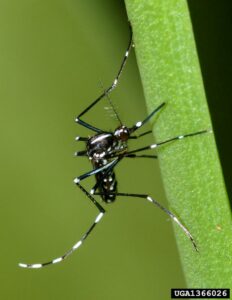
Pesticide license categories often have overlapping areas of applicability, resulting in confusion over exactly which license category is required …
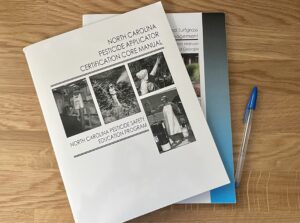
Pesticide Schools are hosted by the NC State Pesticide Safety Education Program with the help of the NC Extension …
The US Environmental Protection Agency requires that all individuals working with pesticides labeled for respiratory protection complete the following …

This factsheet describes the small hive beetle, its life cycle and how to prevent infestations …


It is the goal of every beekeeper to maintain healthy, productive colonies. This can only …

This manual prepares pesticide applicators for Forest Pest Control Certification exams in the following states: …
To apply restricted-use pesticides to agricultural commodities, you must be certified or be supervised by …

This factsheet offers information on the biology and management of the emerald ash borer, an …

Black root rot impacts a range of woody and herbaceous ornamental plant species primarily in …

Whiteflies (Hemiptera: Aleyrodidae) are small (< 0.12 inch) and highly diverse insects that feed on …